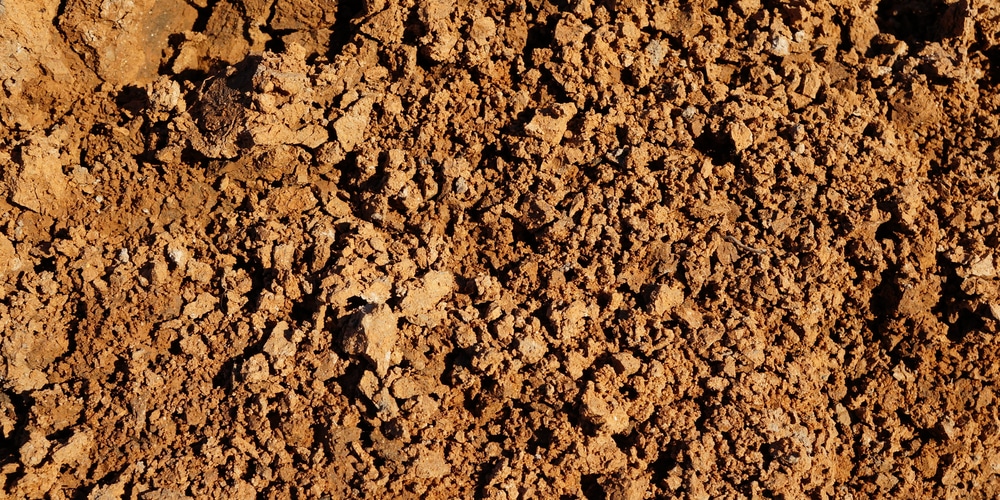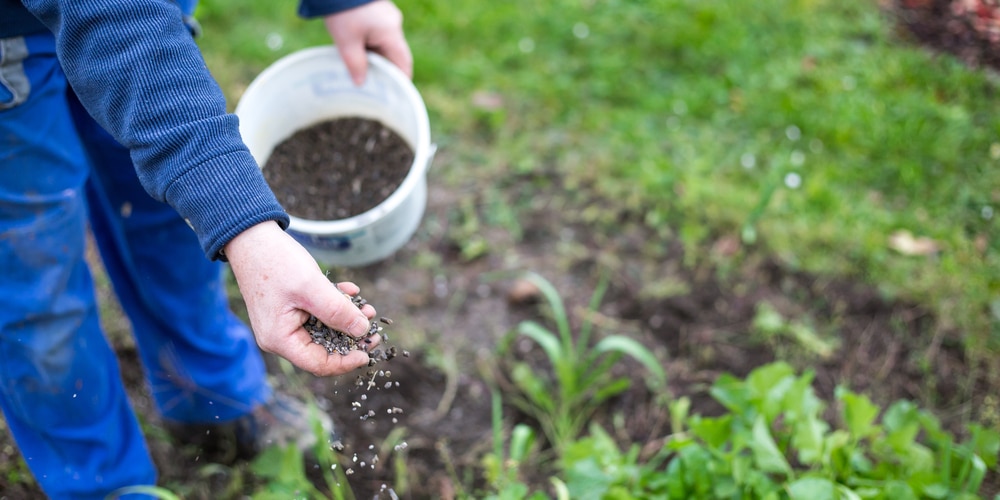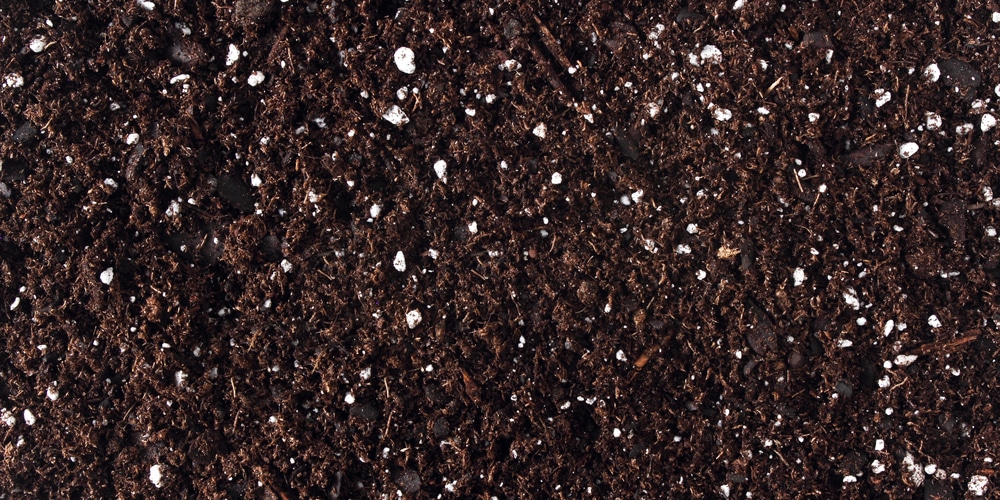Soil pH is crucial in determining the level of nutrients absorbed by your plants. Thus, making sure your plant lives in a favorable environment will make a difference in its health. While most plants thrive in acidic soils, dark and leave plants, ivy, or flowering vines require slightly alkaline soil conditions. So, if the potting soil you are using is acidic, you will have to adjust it to fit your plant’s requirements. The good news is that doing so is not rocket science.
Because pH can vary from region to region, you may be interested in learning how to raise soil pH fast. Doing so will help you grow lush plants by providing them with the conditions they most prefer for their survival.
Before making changes, check the current pH level of your soil. Make sure you use a pH meter and monitor changes over time to ensure the solution you chose provides you with the desired effect. As you may expect, to raise the pH of your soil, you will need to add alkaline materials to the mixture through a process also known as “liming.” Indeed, limestone was one of the most common elements to make the soil more alkaline. Today, you can use several methods to increase the pH level, but some are faster and more effective than others. If you want to learn more about how to raise soil pH fast, make sure you keep reading our essential guide.
How to Raise Soil PH Fast

The following methods will help you to chance your soil and raise the level of the pH range.
Baking Soda
You probably have baking soda at home, so using it in your garden will cost you no effort. Not only that, but it is also one of the fastest ways to increase the pH level in your soil. If you are looking for a quick fix, baking soda is your best bet. Indeed, by applying this compound to the potting soil, you can expect changes to become visible in less than 24 hours. Plus, you won’t have to worry about harming your plants: baking soda is gentle on the soil. Thus, it is also quite versatile: you can use it in any season, regardless of the temperature.
However, it is not as effective as other liming agents, meaning that you might have to re-apply it regularly for achieving long-lasting changes. Usually, to maintain the optimum pH levels, you’ll have to go through this process every few months.
Mix a tablespoon of baking soda in a gallon of water. Increase or decrease the ratio depending on the size of the pot or the area you are treating. Avoid adding too much baking soda to prevent it from causing an imbalance in the soil.
Wood Ash
Another effective method to reduce the acidity of your soil is to sprinkle wood ash over it. This material will not only increase the pH level. It will also add essential nutrients such as phosphate, potassium, calcium, and boron, crucial for adequate plant growth.
Remember not to add more than 2 pounds of this material, as it can compromise your plant’s ability to absorb nutrients. Instead, create a thin layer of ashes on the soil’s surface. If there are some germinating plants and roots, do not use this method, as the ashes might damage them.
You will have the best results by introducing wood ash before planting. Indeed, while being efficient, this method is not particularly fast. You may have to plan periodic applications over the years. However, if you make it a habit, all of your efforts will give you surprising results! Lastly, do not forget to monitor your soil pH when using wood ash to avoid making the soil too alkaline.
Agricultural Lime
One of the most popular ways to raise pH in the soil is to use agricultural lime. This additive consists of limestone or chalk and will provide the potting soil with additional nutrients such as calcium and magnesium. This method is not the fastest but may give you the most visible results. Indeed, it is best to apply agricultural lime about six months before planting to allow enough time for the soil to adjust to it and balance out the added nutrients and pH level.
The waiting time will result in additional benefits such as toxicity reduction, increased effectiveness of some herbicides, and better nutrient absorption.
Remember to work agricultural lime into the soil as it may dissolve rapidly without changing the pH.
How to Raise Soil PH Fast: Eggshells
Instead of wasting all of those eggshells, why not add them to your soil to increase its alkalinity? This kitchen by-product not only adds calcium but is also effective at raising the soil’s pH and ensuring a healthy growth for your plants. Not only that, they seem to deter several pests and can be excellent for seed starters.
Plus, they are simple to use, and you won’t have to worry about overdosing. Grind the eggshells with a mortar, a mixer, or use your hands and mix the eggshells with the soil. For best results, do it in the fall to allow the plant’s roots to absorb their nutrients. Add one or two pounds of eggshells per square foot: you will notice a considerable increase in the soil’s pH level.
How to Raise Soil PH Fast: Hydrated Lime
Hydrated limestone is one of the quicker soil amendments for increasing the environment’s alkalinity. However, adding more than necessary to the soil is a common mistake. Because it may burn plant roots, if you are a beginner, avoid using hydrated lime and go for the other solutions we included in this guide. If you feel comfortable using it, do it carefully. Follow the instruction and add the appropriate quantity for your soil. Plus, work the compound down to make the most out of this compound.
How to Raise Soil PH Fast: The Bottom Line
So, now that you know all of the best materials to raise your soil pH, you should be ready to provide your plants with the environment they need to thrive. Make sure you measure your soil pH before making any changes. Also, check your plant’s pH requirements to ensure your solutions are suitable for its needs. Because every soil is different, choose the solution that fits its requirements.

